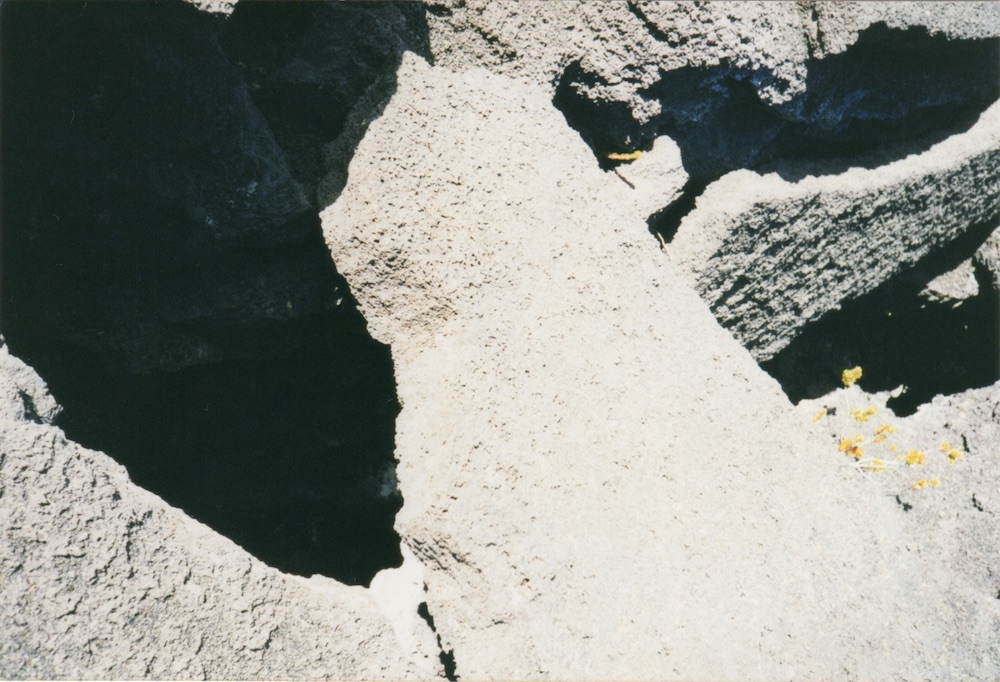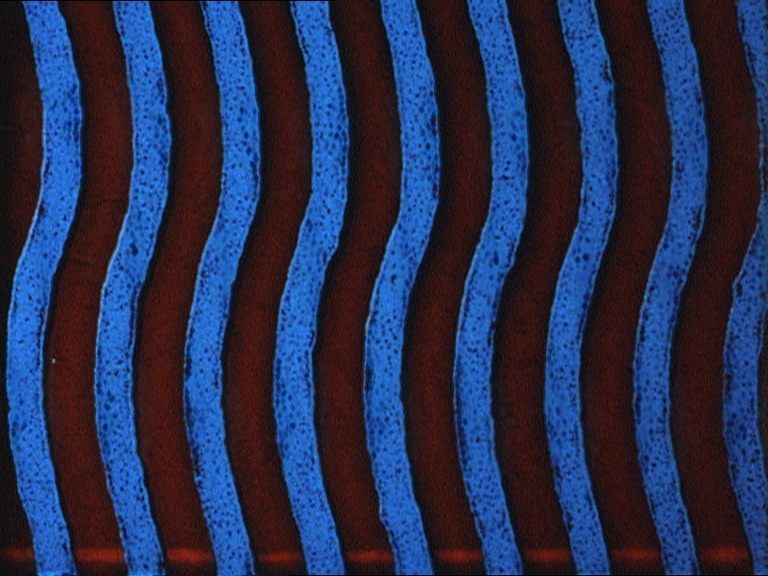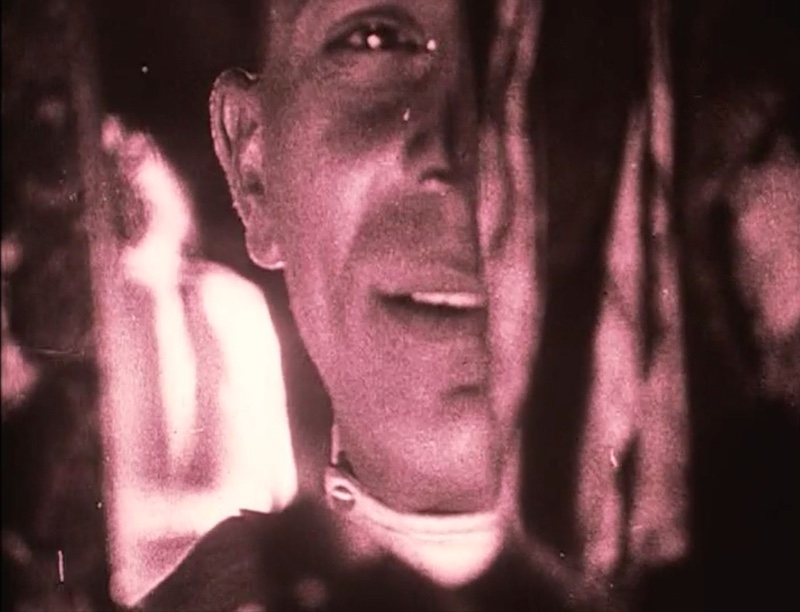Table of Contents
Film as Film: The Collected Writings of Gregory J. Markopoulos
Edited by Mark Webber
The Visible Press, 2014
Introduction
Film as Film: An Introduction, Mark Webber
Foreword
Markopoulos Writings, P. Adams Sitney
I: Cinema, The Ideal (An Exposition)
The Responsibility of the Cinema in Our Age, c.1955
Cinema The Ideal, 1960
Sto Palikari, 1968
Towards a Constructive Complex in Projection, 1968
A Supreme Art in a Dark Age, 1971
Dante Present, 1971
Inherent Limitations, 1966
The Pyramid of Sight, 1986
The Intuition Space, 1973
II: Avant-Garde Chronicle (On Films & Filmmakers)
A Part of the Alphabet, 1961
Overtime, 1961
Avant-Garde Chronicle, 1963
Projection of Thoughts, 1964
Judgement Through Bad Conscience, 1965
What Are You Ready For?, 1965
Institutions Customs Landscapes, 1966
The Golden Poet, 1962
Scorpio Rising, 1963
Innocent Revels, 1964
Three Filmmakers, 1964
Stille Nacht, 1961
Jean Genet’s Only Film: Un chant d’amour, 1961
Film of the Absurd, 1962
Negatives, 1968
Robert Bresson: A Brief Survey, 1962
The Marvels and Lamentations of Mizoguchi, 1968
III: Disclosed Knowledge (On Markopoulos)
L’Arbre aux champignons, 1950
Psyche’s Search for the Herb of Invulnerability, 1955
A Note for Hans Van Manen, 1971
Bruised by the Critics, 1966
Whither Motion Pictures, 1985
From Fanshawe to Swain, 1966
Statement Concerning Cinema, 1963
Towards a New Narrative Film Form, 1963
Twice a Man Statement, 1965
The Driving Rhythm, 1966
Twice a Man, Three Time Prize Winner, 1966
Galaxie, 1966
The Filmmaker as Physician of the Future. 1967
A Note (for Jean-Paul Vroom), 1971
The Divine Attributes, 1970
Correspondences of Smell and Visuals, 1967
Towards a New Sound Complement for Motion Pictures, 1967
Adventures with Bliss in Roma, 1967
The Adamantine Bridge, 1968
Disclosed Knowledge, 1970
Rebus, 1970
The Redeeming of the Contrary, 1971
The Celestial Inheritance, 1971
IV: The Threshold of the Frame (On Robert Beavers)
10th of July, 1967
The Siege of Bruxelles, 1968
Circumbendibus Notes, 1968
“And I Shall Pull Things From the Stars”, 1972
From First Creative Steps Forward, 1971
The Language of Diamonds, 1970
Love’s Task, 1971
In Other Words It Is His Tongue, 1971
Art Is Not Knowledge, 1973
The Threshold of the Frame, 1974
Clarity Upon Clarity Through Reflection, 1974
The Gathering of Perception and Judgement, 1974
Erb and Tree, 1975
Πνοιη (Pnoee), 1976
V: Towards a Temenos (On Temenos)
Formal Account, 1970
Towards a Temenos, 1970
A Solemn Pause, 1971
The Filmmaker’s Perception in Contemplation, 1972
The Complex Illusion, 1972
Element of the Void, 1972
Towards a Complete Order, 1974
The Usury of the Creative Soul, 1976
Ηρακλής (Heracles), 1978
Εικόνες Αυτών (Ikones Auton), 1979
Προνώπιον (Pronopion), 1980
Ένθεος (Entheos), 1980
Aei!, 1981
Mosholibano, 1981
The Silk Road, 1982
The Ancient Future, 1983
Proposal to the Architect of the Temenos, 1984
The High Tableland, 1984
Ανάλαμψις (Analampsis), 1985
Message for D. W. Griffith, 1985
Hues Point, 1985
Αεί Καλόν (Aei Kalon A), 1985
Αεί Καλόν (Aei Kalon B), 1985
The Amygdaline Grove, 1986
The Bread of Angels, 1987
Unification of the Frame, 1990
The Future of the Temenos and its Boundaries, 1992
Ακρόπολης γης (Acropolis Gis), 1992
Images
16 pages of colour and black & white images
including film stills, production photos and archive materials
Endnotes
Appendix I: Filmography of Gregory J. Markopoulos
Appendix II: Publications supervised by Gregory J. Markopoulos
Alphabetical Index of Titles




